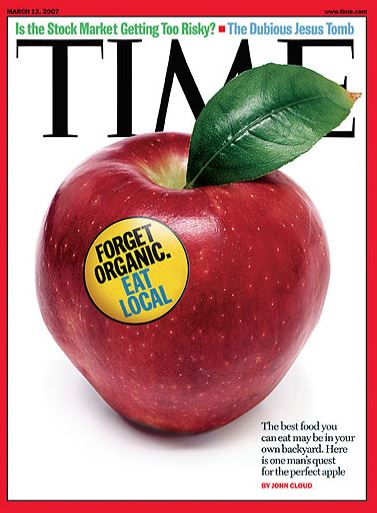An article in Bloomberg today reports on a USDA forecast that per capita meat consumption is projected to hit a high in 2018 of 222 pounds per person. I received a number of emails from people today asking how this is possible. Questions were of the sort: Aren't there more vegetarians than ever? Isn't plant-based protein and lab grown meat taking off? Aren't people more worried about environmental and health effects of animal production? Aren't animal welfare concerns on the rise?
Embedded in many of these questions is conflation of demand and supply. Yes, consumers are projected to consumer more meat in 2018, but that’s because we’re producing more of it than was the case a few years ago. We consume everything that’s produced (after adjusting for trade). In short, it's not that demand for meat has increased (what people are willing to pay for meat has remained fairly steady for the past several years - see also these beef and pork demand indices). Rather, the supply of meat has increased.
How do I know this is true? If there were a demand increase, we'd expect higher quantities and higher prices. But, at least compared to a couple years ago, we're seeing higher quantities but lower beef and pork prices, suggesting it is the supply curve that has shifted. To induce people to consume the higher volume of meat that’s currently being produced, prices have to fall to clear the market.
So, why have supplies increased? One main reason is that feed prices (particularly corn) dropped and have remained low for the past several years. All the while, productivity has increased. Lower input prices and greater inefficiencies means we are going to have more meat as long as consumer demand remains steady. And at least for now, despite all the negative information about meat production I alluded to earlier, demand appears to be fairly stable.



